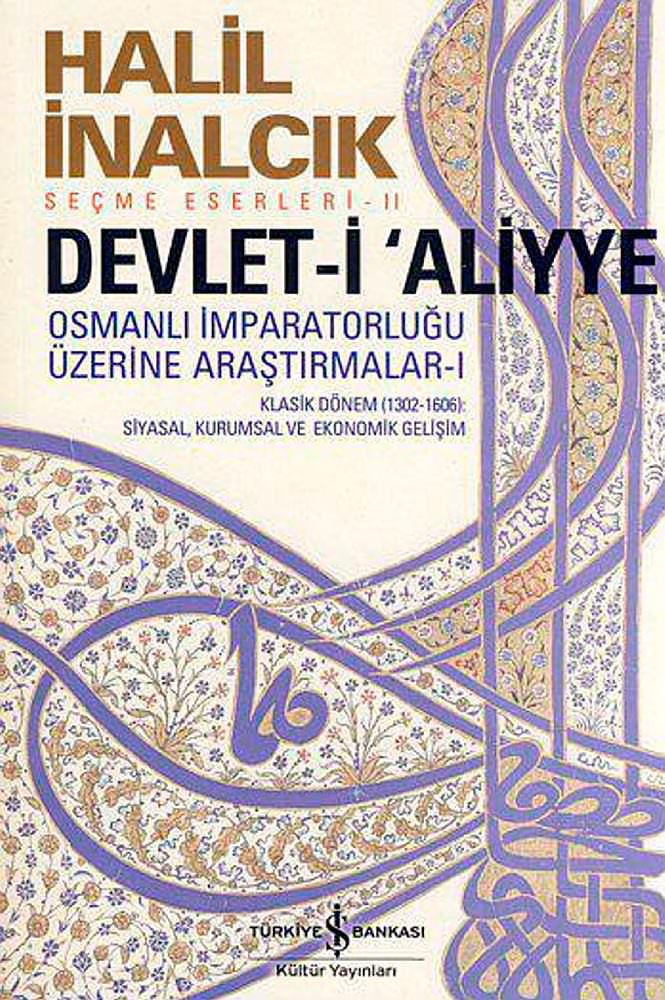
As we can see that the sultan chose one of his sons as heir apparent without consideration of his age. As for the Selçuk dynasty tradition, they believed in the equal rights of brothers and sons to throne. So this is the opposite to what Togan said earlier.

The argument raised in this statement stated that the God who is the one who decide the matters with regards to accession to throne. Inalcik, however, raised my attention to the statement in the inscription of Bilgi Kaghan (p. In the Introduction part Inalcık brought the example from the tradition adopted by the Kok Turks clans, which had been stated by Zeki Velidi Togan in his work entitled “Umumî Türk Tarihi’ne Giriş.” In this particular section Togan firmly stated that “Among the Karakhanids the right to Kaghanship, according to old Turkish traditions, belonged to the eldest prince of that segment of the family which was predominant.” This statement supports the idea of seniority as the key for throne succession in royal family. In this regard, most of the writers verified that there is no solid evidence that shows the concept of seniority adopted by the Ottoman sultanate for their succession to throne. The opening of this article talks about the concept of seniority supported by few thoughts from the past studies done by various scholars. His writing is divided into five subtopics, which are presented to support the understanding of the subject.

In this article, Halil Inalcık tried to relate the continuation of Ottoman sultanate to the Turkish concept of supremacy in the later stage of the empire. Halıl Inalçık is a well- known historian, who was able to elaborate many historical and social aspects of the Ottoman history.


 0 kommentar(er)
0 kommentar(er)
